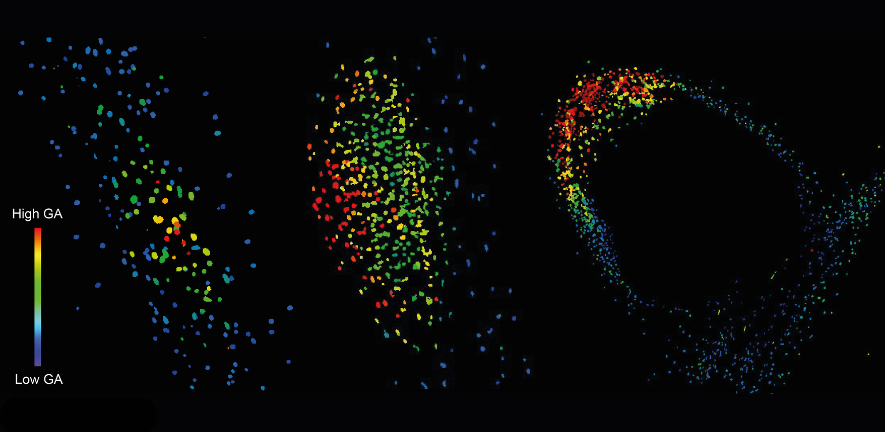
Submitted by Jane Durkin on Wed, 31/07/2024 - 16:50
A next generation biosensor has revealed gibberellin’s critical role in legume nitrogen-fixation – paving the way for more productive legume crops and self-fertilising cereals.
Researchers at the University of Cambridge have demonstrated that the plant hormone gibberellin (GA) is essential for the formation and maturation of nitrogen-fixing root nodules in legumes and can also increase nodule size.
They have identified the specific times and location where GA governs the initiation, growth and function of nodules. These findings help to reconcile conflicting reports suggesting GA both inhibited and was required for nodulation by pinpointing the zones where GA is essential.
Scientists around the world are working on how to both boost legume yields and transfer nitrogen-fixing abilities from legumes to cereals, but this involves unravelling and understanding the complex genetic and biochemical pathways involved in nodule formation and nitrogen fixation.
In research published in The Plant Cell, Dr Alexander Jones’ research group at the Sainsbury Laboratory Cambridge University (SLCU) and Professor Giles Oldroyd’s group at the Crop Science Centre have made a major step towards this goal by revealing the GA dynamics that govern the development, morphology and function of nitrogen-fixing root nodules.
Read more:
Reference: Colleen Drapek, Annalisa Rizza, Nadiatul Radzman-Mohd, Katharina Schiessl, Fabio Dos Santos Barbosa, Jiangqi Wen, Giles E.D. Oldroyd, Alexander M. Jones, 'GA dynamics governing nodulation revealed using GIBBERELLIN PERCEPTION SENSOR 2 in Medicago truncatula lateral organs.' The Plant Cell, July 2024, https://doi.org/10.1093/plcell/koae201
Image: GPS2 biosensor microscopy imaging shows GA accumulates early in the nodule development and persist in the nodule apex.
